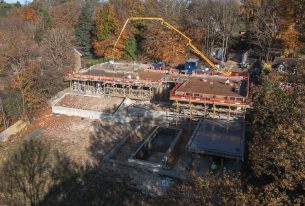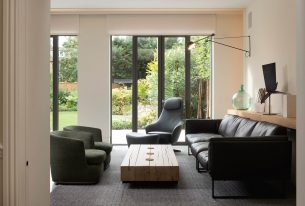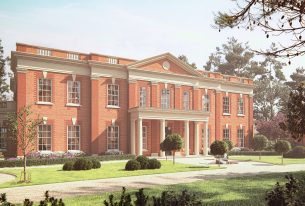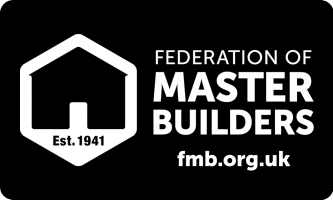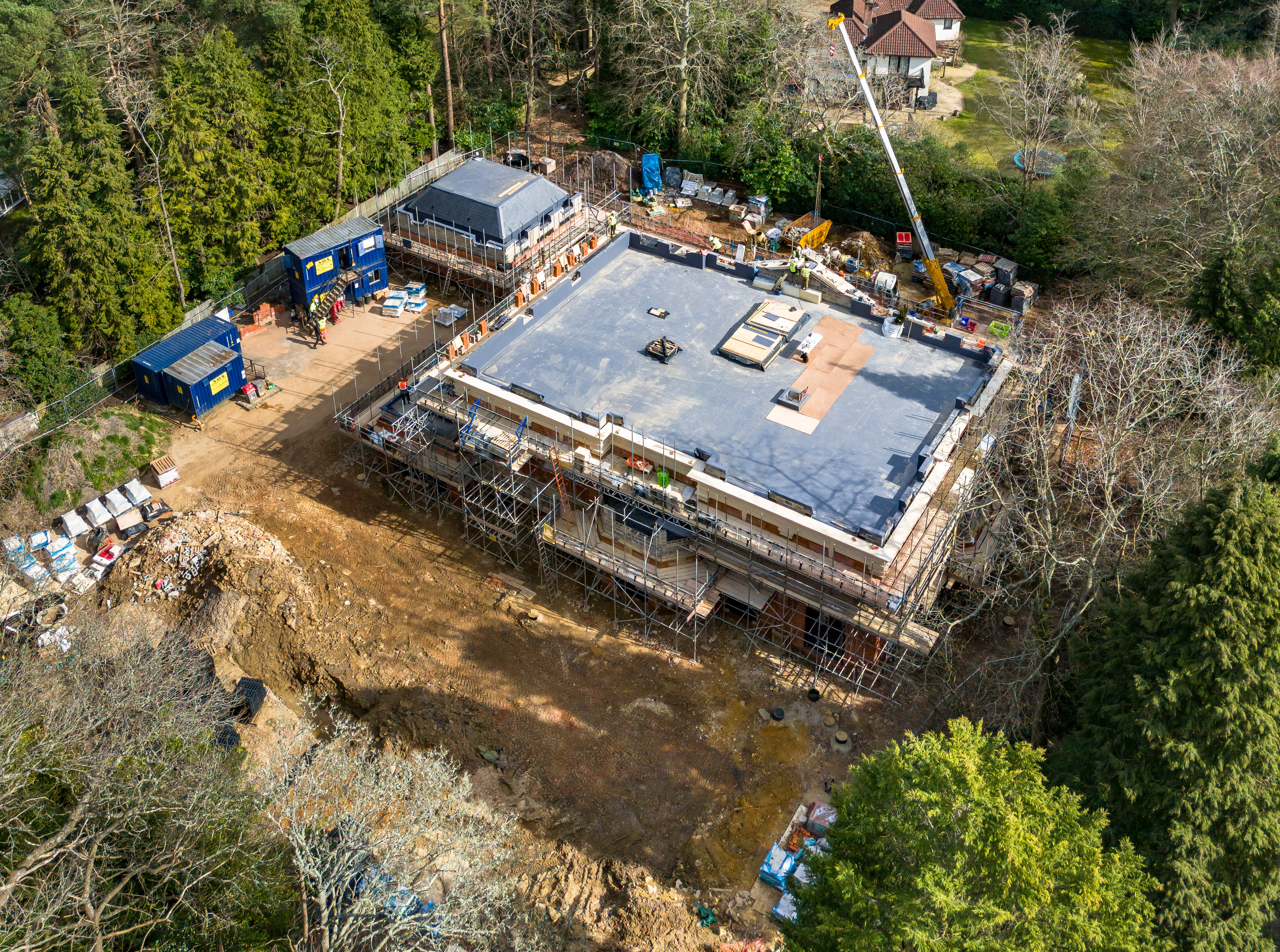

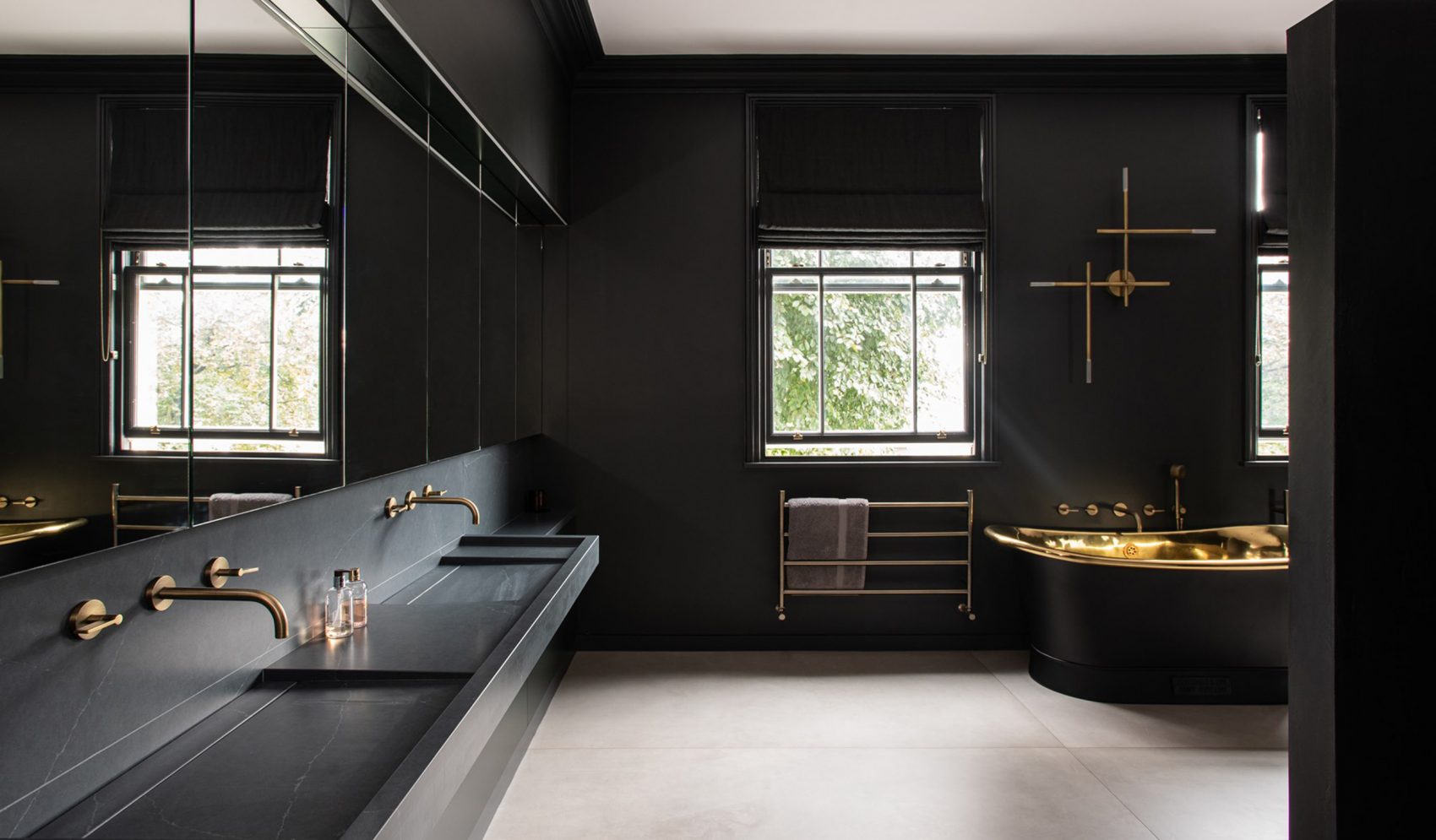
What every client wants to see when they experience their property for the first time following handover of a construction project is a high standard of quality everywhere they look. At Hale, we believe that what every client – and every architect – should also expect from their project is lasting quality: performance and aesthetics that will endure long after those first heady moments of excitement.
Robust specification
When we talk about lasting quality, we’re referring to something that stands the test of time. Clearly, properties need to be respected and maintained but, often, due to the focus on aesthetics, making the detailing and specification robust and maintainable can be lost. That’s where our experience as construction professionals with a proven track record in luxury homes can prove invaluable.
Let’s take mosaic tiles as an example. Freshly installed and grouted, they can look stunning and a client seeing them for the first time might be bowled over by the quality of the installation. But two years later when the standard grout used has started to discolour, the finish doesn’t look nearly as good and those expensive tiles no longer provide the quality finish they were chosen to deliver. Conversely, if standard grout is swapped out in favour of an epoxy grout, which is more expensive and more onerous to apply, the finish the client sees on day 1 will be just as high quality on day 1001, because of a choice that considers the lasting quality of the tiling installation.
Every project is jam-packed with details of this nature, where a thoughtful approach to long-term performance and aesthetics can prevent premature maintenance issues, reduced replacement intervals or dissatisfaction within a short period after completion. It is important for construction companies to work collaboratively with architects to highlight potential areas where degradation can be avoided with an informed approach to material selection.
It’s also advisable for both the architect and the construction company to engage effectively with the client and understand their preferences and what lasting quality means to them. For example, natural stone installed outside a property will look very different on the day of completion than it will two years later when it has been weathered. The client may like the idea of their outdoor space looking more weathered and lived-in over time. Or perhaps they are prepared to put in the work with regular jet washing to keep it in as-new condition. But, if they want a low maintenance installation that will look as-new for longer, the stone will need to be sealed, which adds cost and time to the programme. The client will usually only be aware of the implications of these specification choices if they are outlined in these terms, so clear communication is an essential part of managing their expectations.
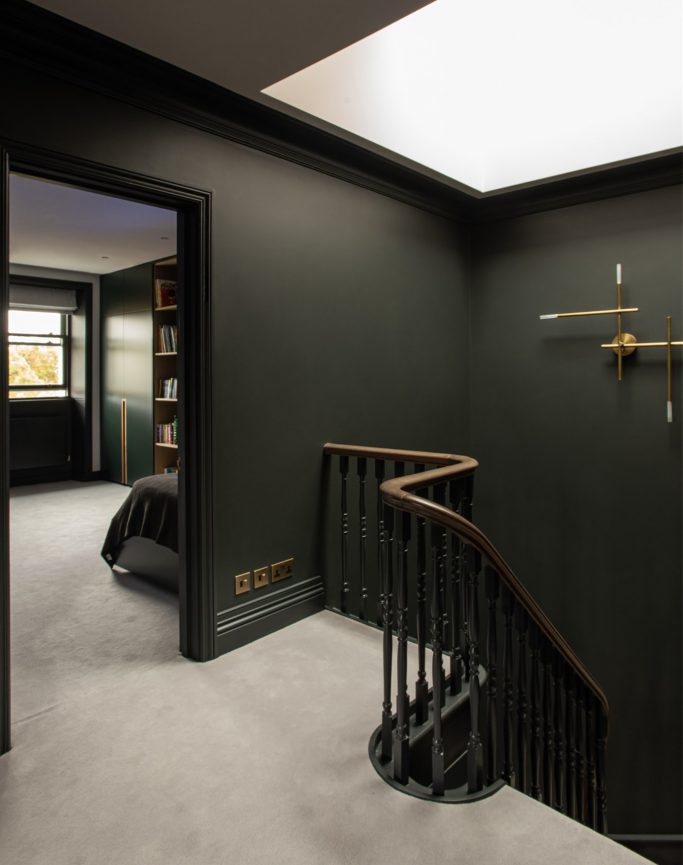
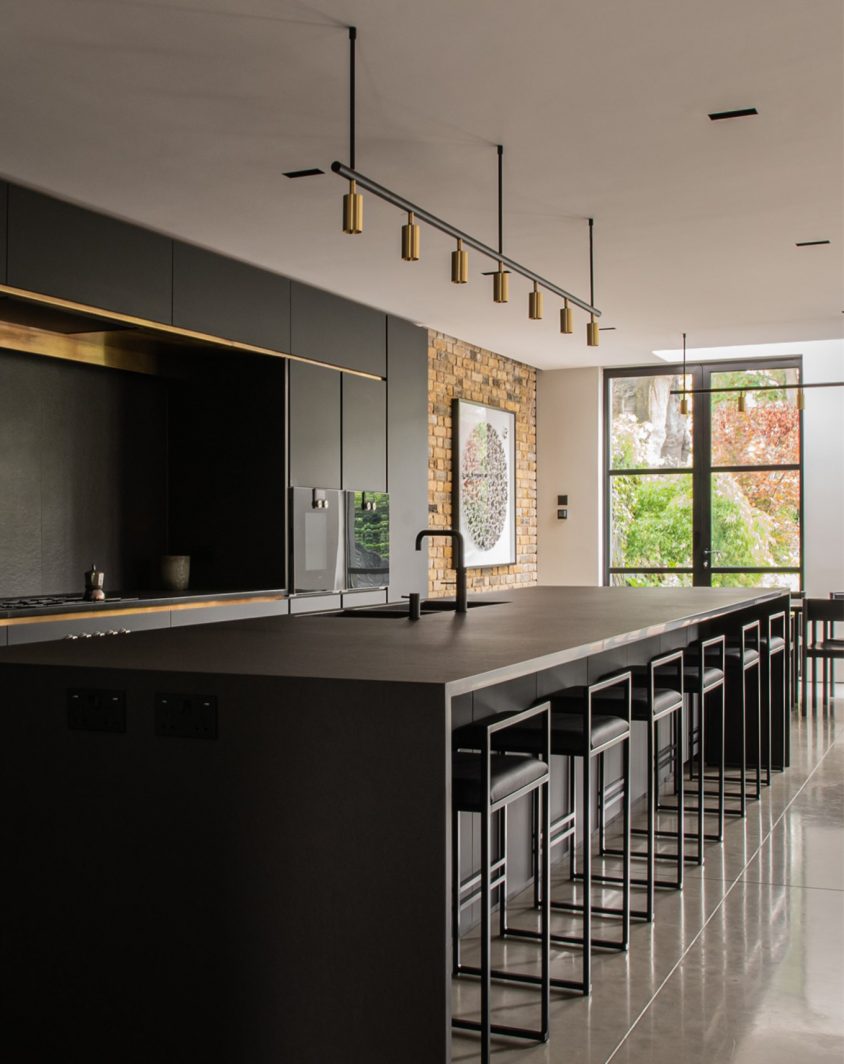
Attention to details
Optimising buildability is also essential for achieving lasting quality. Often it is contemporary building designs that incur buildability issues, which can impact on lasting quality because, in the drive to innovate and create a fresh aesthetic, the scope for using tried and tested traditional detailing is lost.
Take, for example, the trend towards concealed gutters to deliver a clean aesthetic to a contemporary home. The finish looks great, but long-term performance relies on the integrity of the seams, the durability of the membrane and the quality assurance processes of the contractor. They should use electronic leak detection equipment to ensure the gutter is as robust as possible – a check that comes at a cost to the project.
For many contemporary builds, concealed gutters may be the right design choice, but it is important for the construction company and the architect to work collaboratively to identify any potential issues that could impede lasting quality, so that solutions can be found. In this way, the construction professional’s experience can add value to the project and resolve problems that could result in maintenance issues or call backs before they occur.
In essence, the more simple we can make the details, the less likely they are to fail. Anticipating problems before they occur so that a viable solution can be found to meet both aesthetic and performance requirements with minimal maintenance should be part of due diligence on every project.
Optimised outcome
Both the architect and the construction contractor want the best outcome for the build and the client on every project. With a lasting quality approach, that not only means achieving the best outcome at handover, but throughout the lifecycle of the property.

